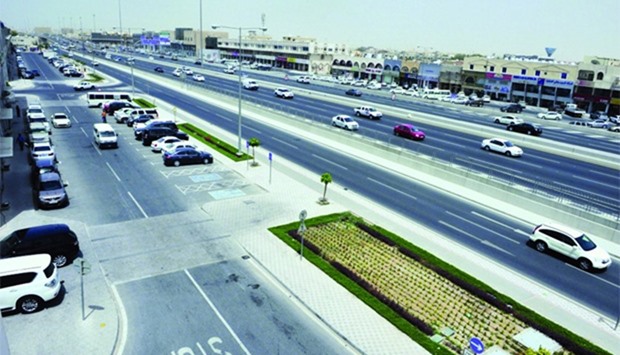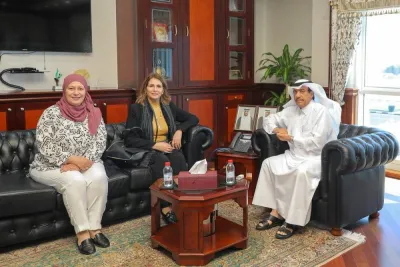Government-led investment in infrastructure will be the main driver of economic growth in the run-up of the 2022 FIFA World Cup, ensuring that Qatar continues to outperform other GCC states through to 2022, said Raphaële Auberty, Mena Analyst, BMI Research.
“This will boost Qatar's profile as a regional hub for tourism, culture and education,” Auberty told Gulf Times yesterday.
But Beyond 2022, the pace of fixed investment will slow considerably, weighing on Qatar's economic growth, he stressed.
Qatar will continue its modest fiscal consolidation efforts, but BMI Research, a Fitch Group company, expects cost-cutting to fall short of the government's ambitions set in the 2017 budget.
Adopted on December 15, the 2017 budget is based on the government's expectations for oil prices to average $45 per barrel over the course of the year.
Commenting on the budget, the BMI analyst said it also envisages ambitious spending rationalisation measures, including a 3% cut in wages and salaries and a 9.6% decline in current expenditures (excluding wages and salaries).
With BMI Oil & Gas team forecasting Brent prices to average $55 for a barrel in 2017, the researchers expect fiscal revenues to be significantly higher than projected by Qatar’s Ministry of Finance.
This will in turn give the government more leeway on the spending front; hence, BMI forecasts spending to be higher than planned in the budget.
Given Qatar's tremendous fiscal buffers and small citizen population, BMI does not believe that the government will make notable welfare cuts.
Meanwhile, plans to increase some public sector salaries in 2017, with some basic salaries set to double for Qatari citizens, will limit room to cut spending.
“We forecast the government to post a modest deficit of 1.1% of GDP in 2017, compared with an estimated 5.3% of GDP in 2016,” BMI said.
Large infrastructure projects will be the main beneficiaries from the 2017 budget.
In preparation for the World Cup, the government has made “tremendous” investments in the country's infrastructure – 47% of budgeted spending will be dedicated to major infrastructure projects. Transport infrastructure will account for as much as 21.2% of total spending, as the government invests in new lines in the Doha Metro. With the government using the World Cup as a catalyst for economic diversification and to boost Qatar's profile as a regional hub for tourism, culture and education, other sectors will also benefit from elevated capital expenditures, including health and education, it said.
According to BMI, Qatar’s government will keep issuing debt throughout 2017 on the domestic and international markets to finance its deficit, although at a slower pace given lower financing needs. Since the start of 2016, the government has issued an historical high of QR60.7bn in debt.
This, BMI noted was part of the government's strategy to avoid depleting reserves, which would put pressure on liquidity in the domestic banking sector, and drawing down on foreign assets, which would reduce government earnings at a later stage given that investment income accounts for more than 30% of government revenues.




